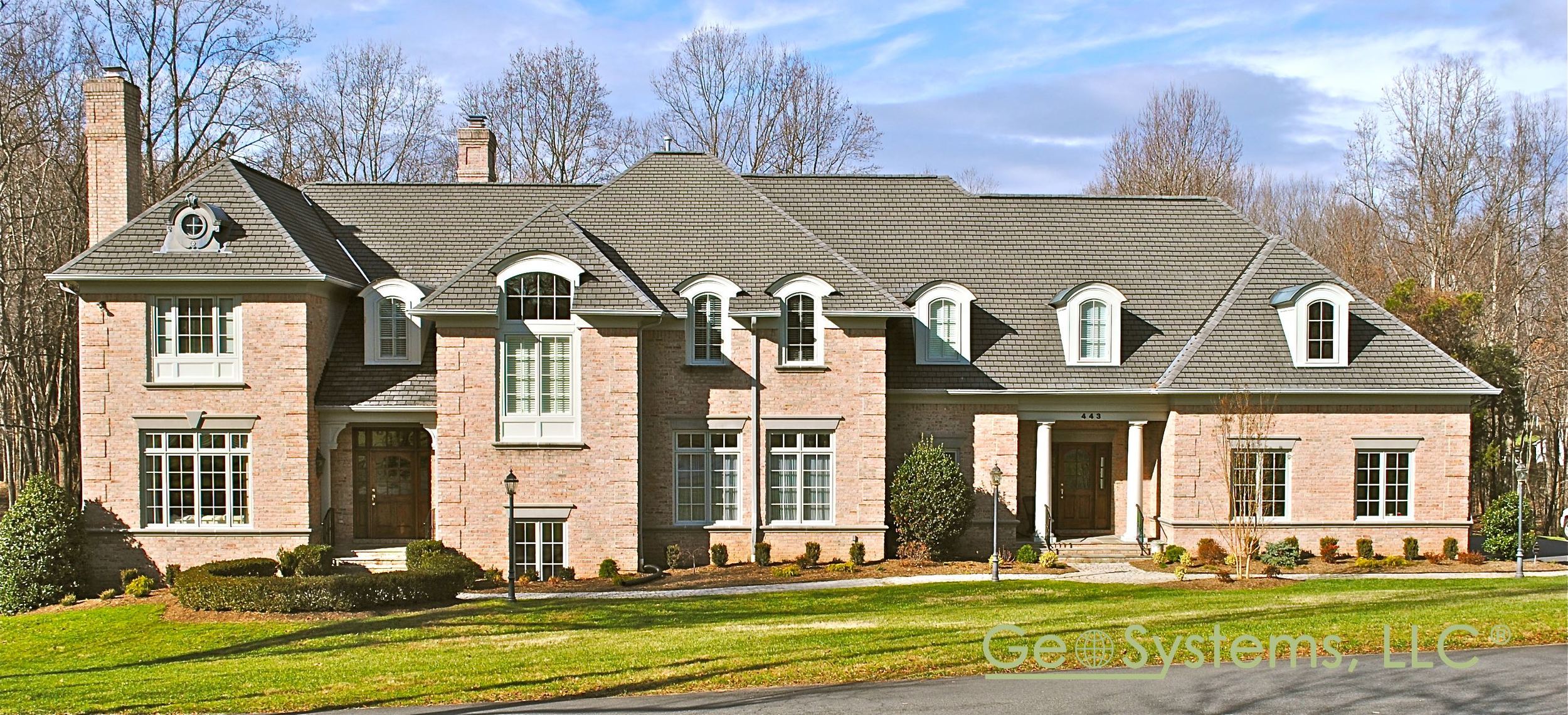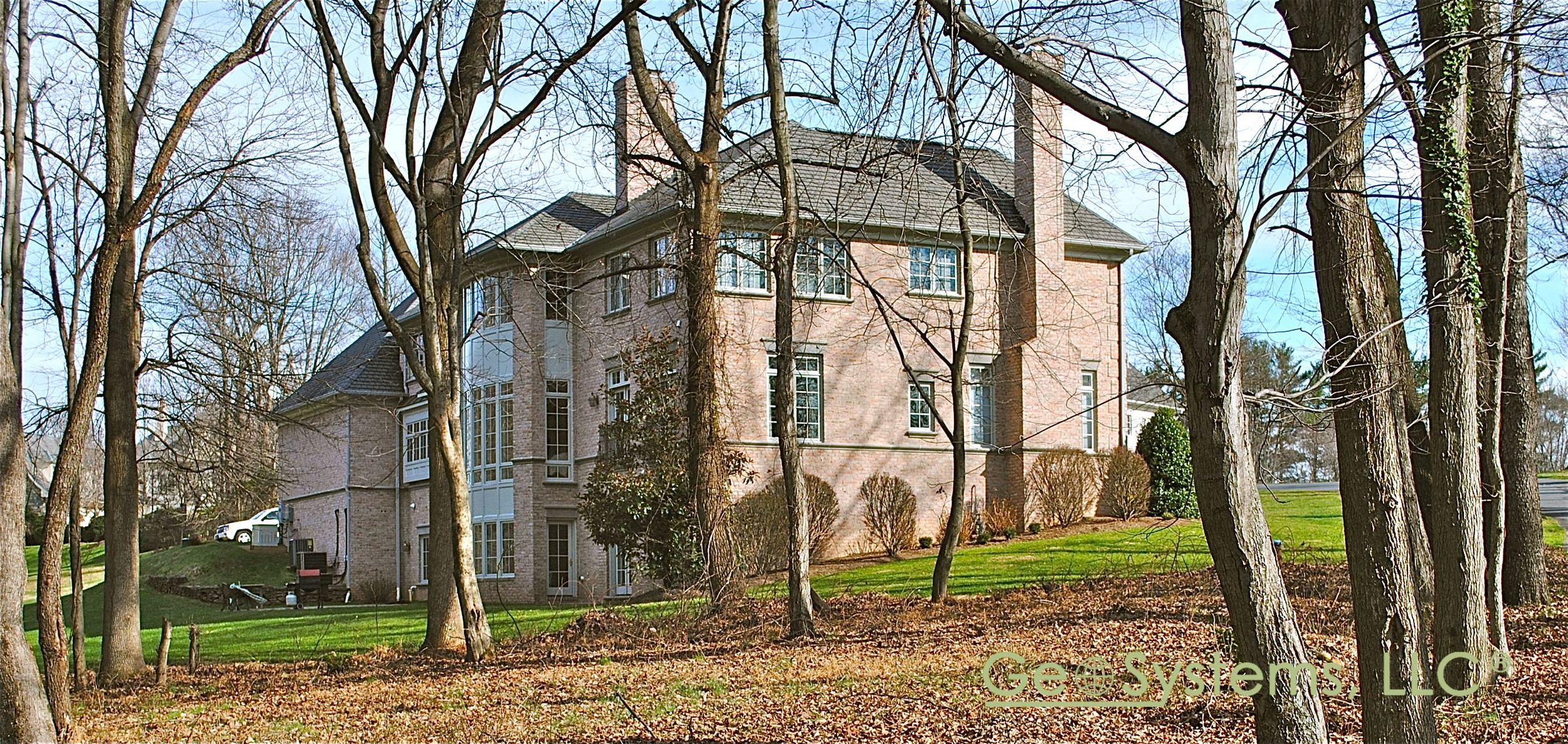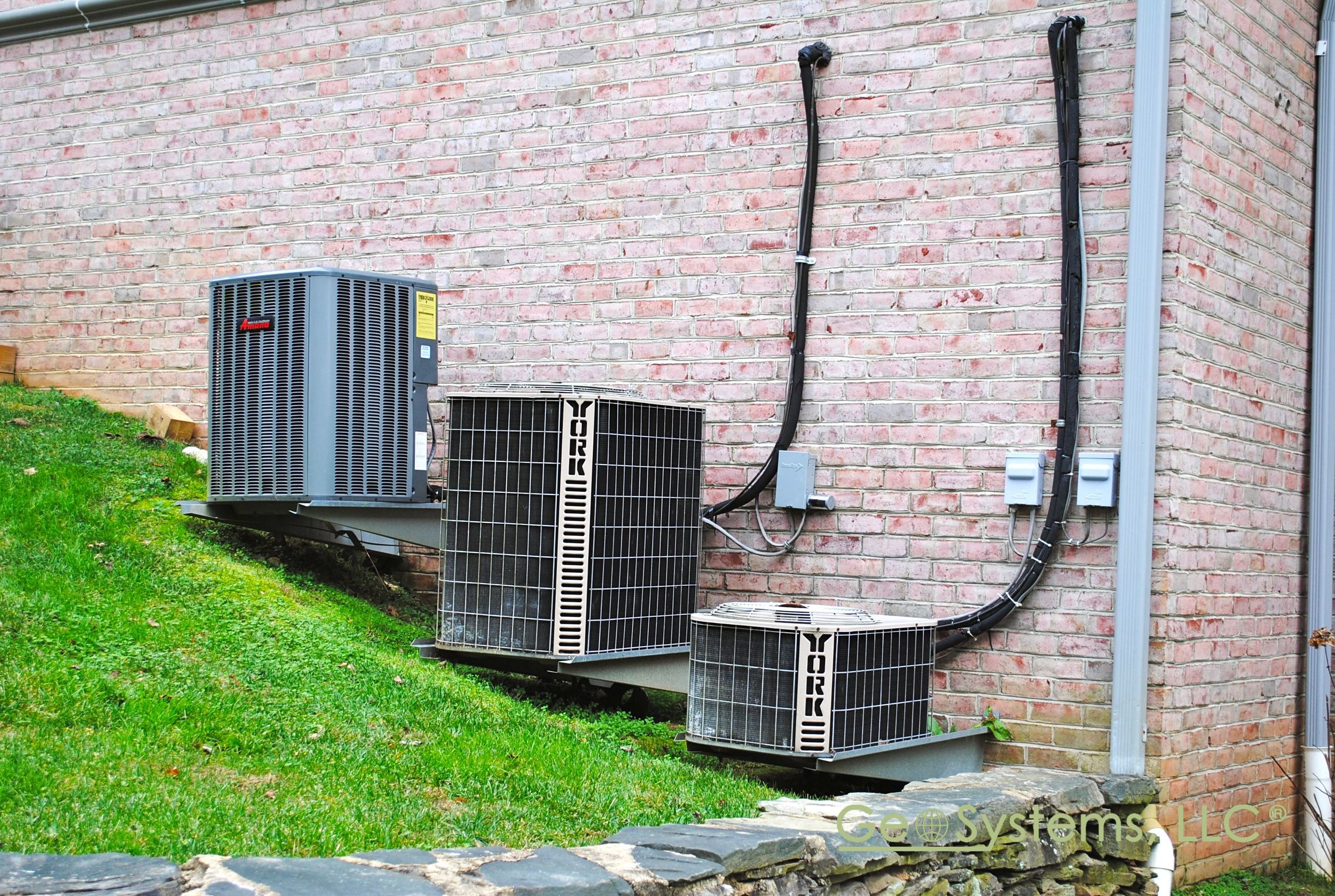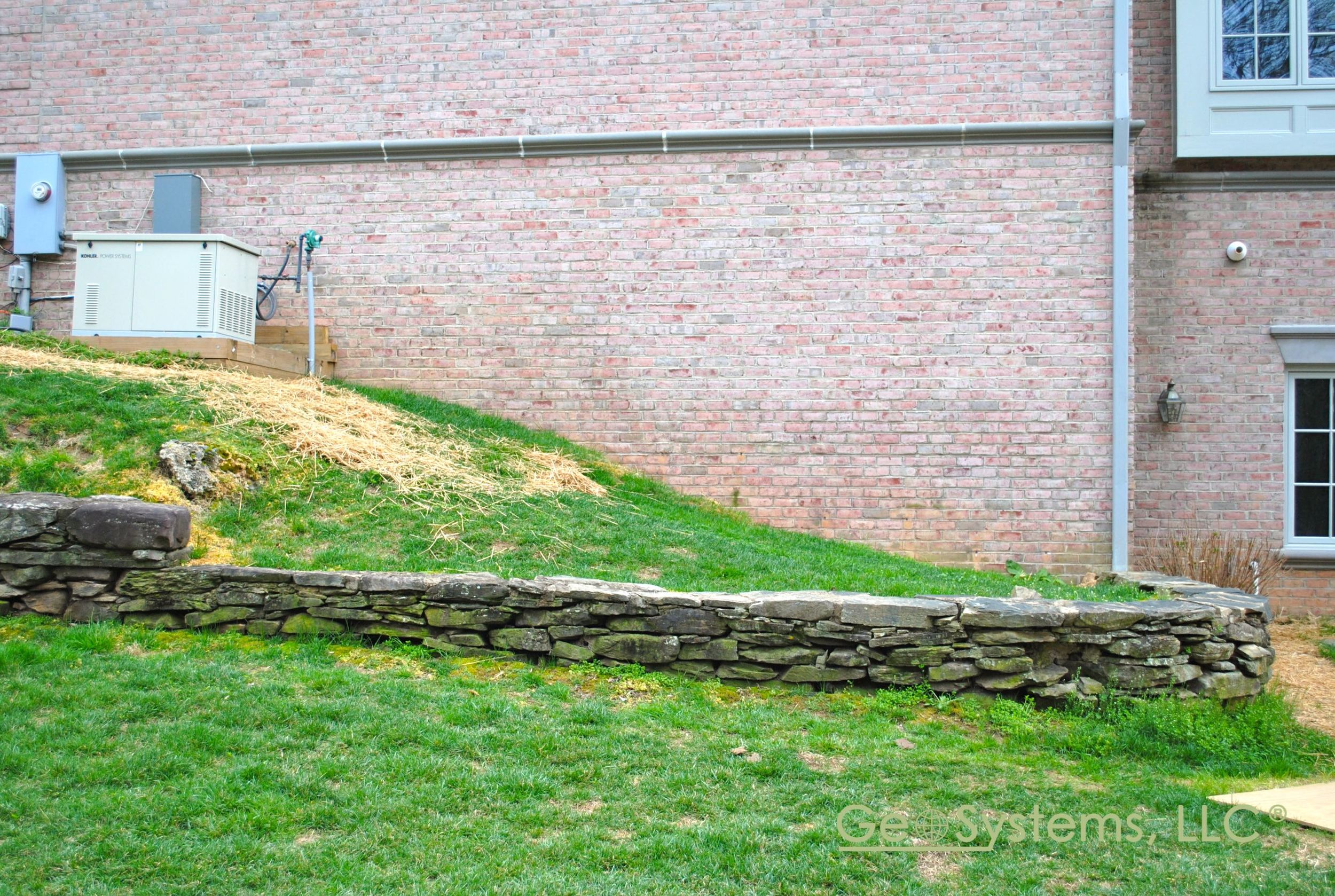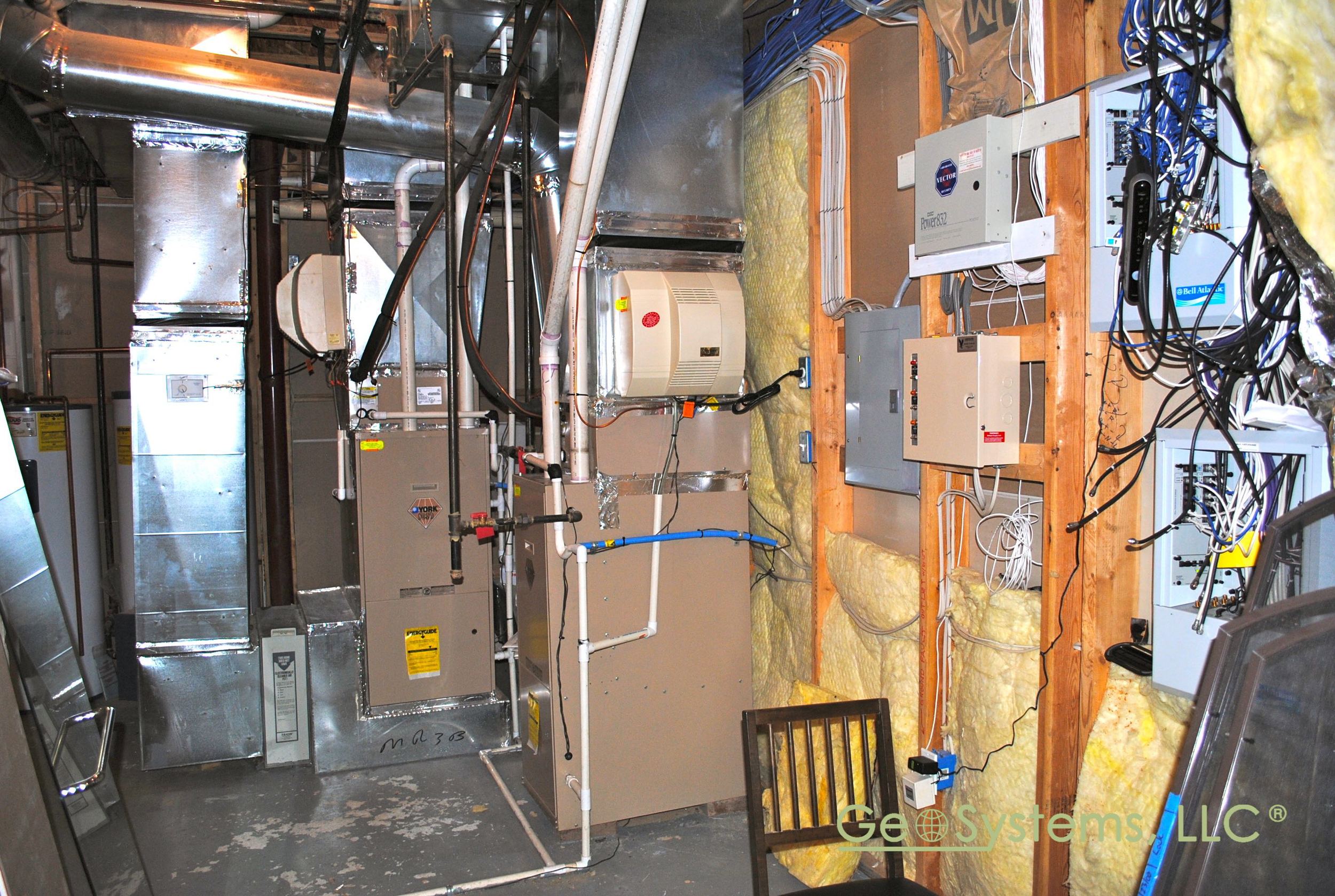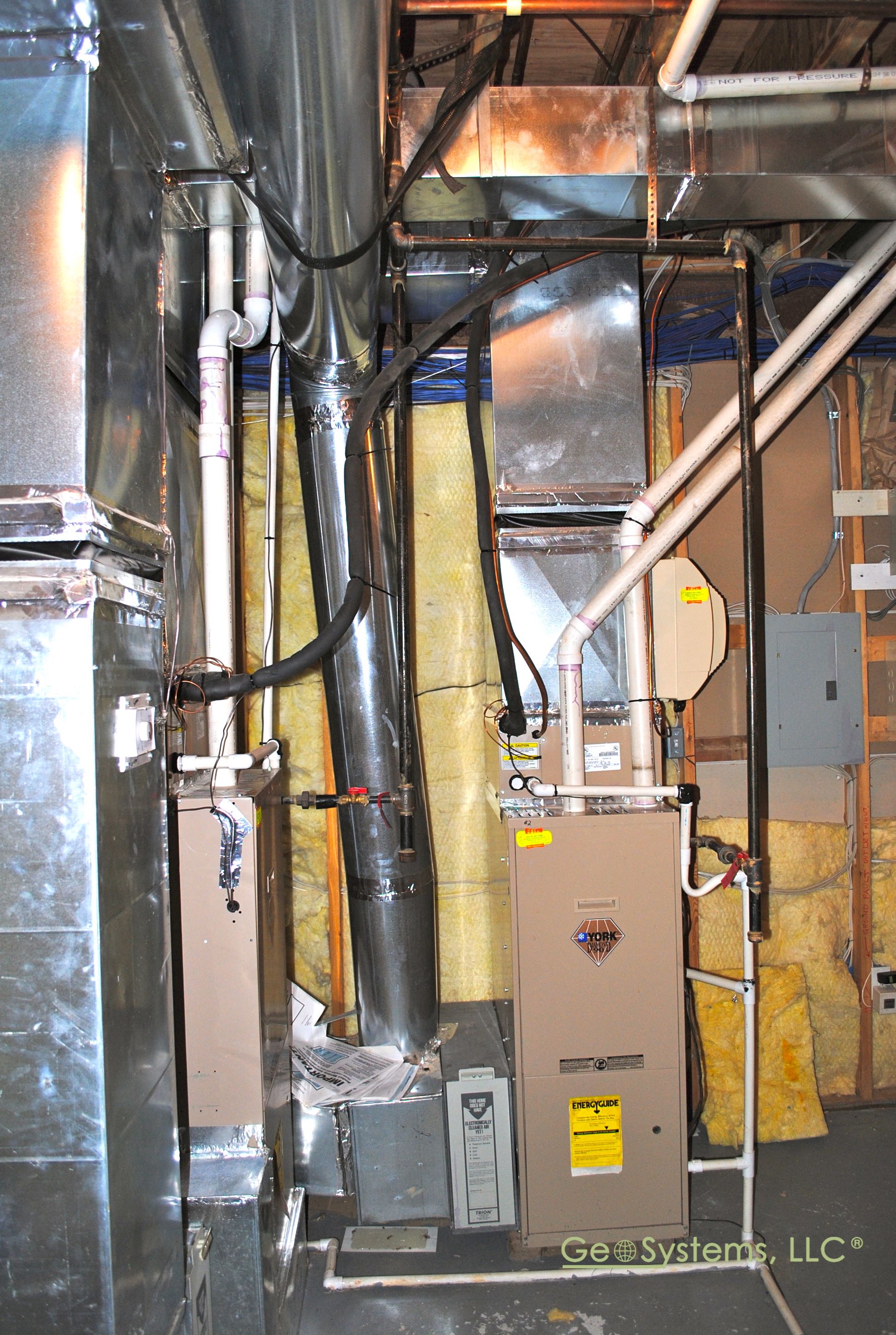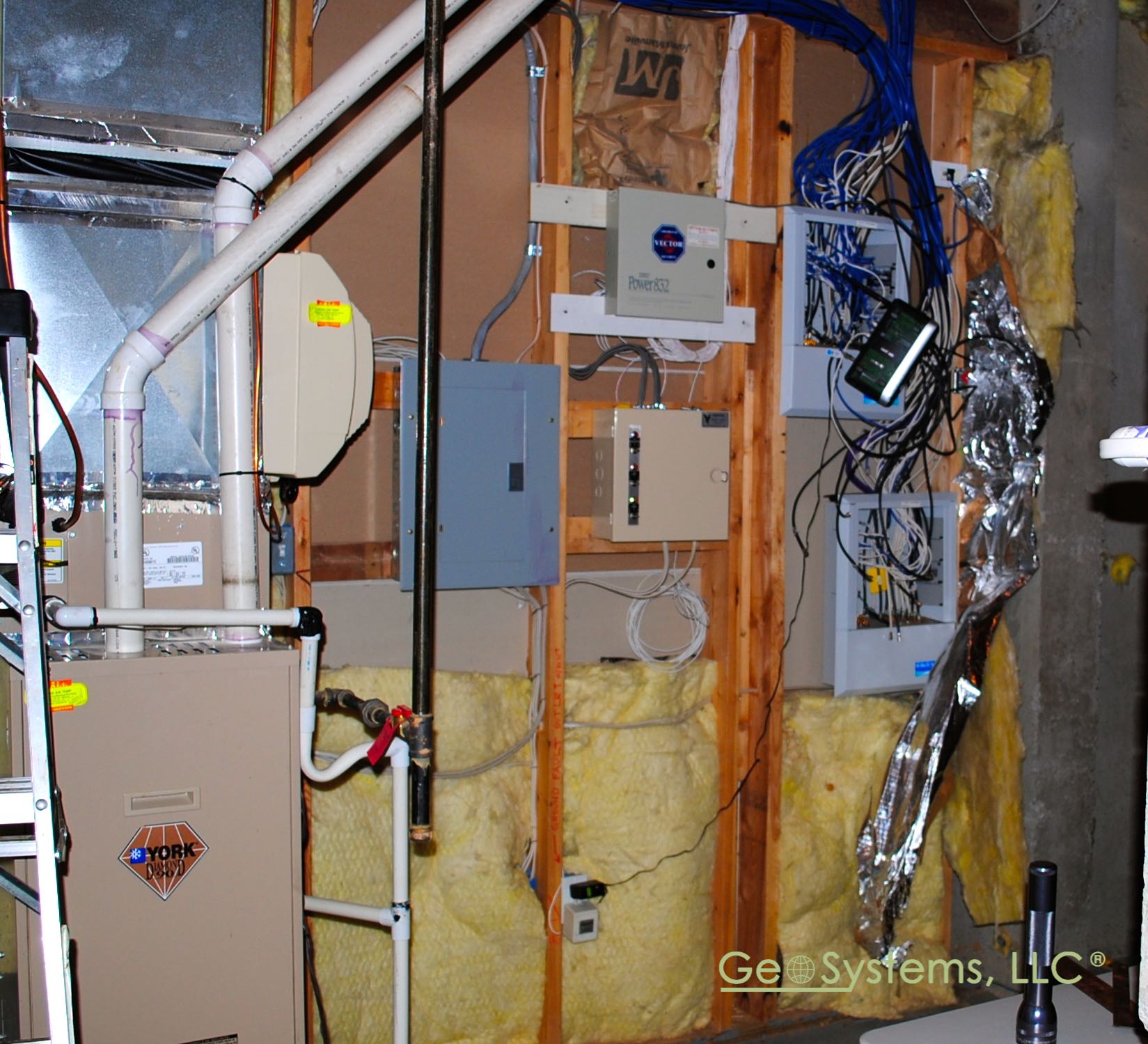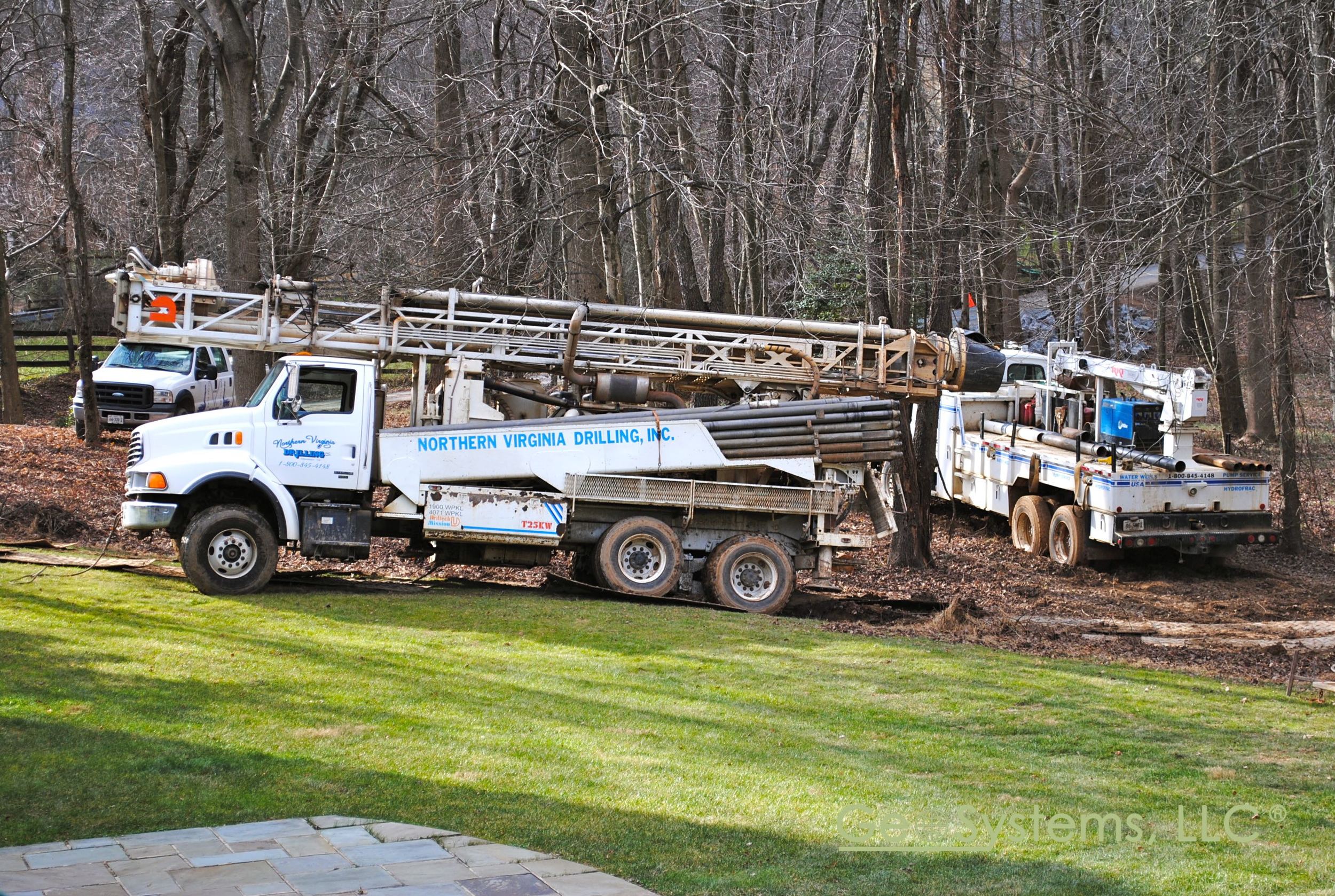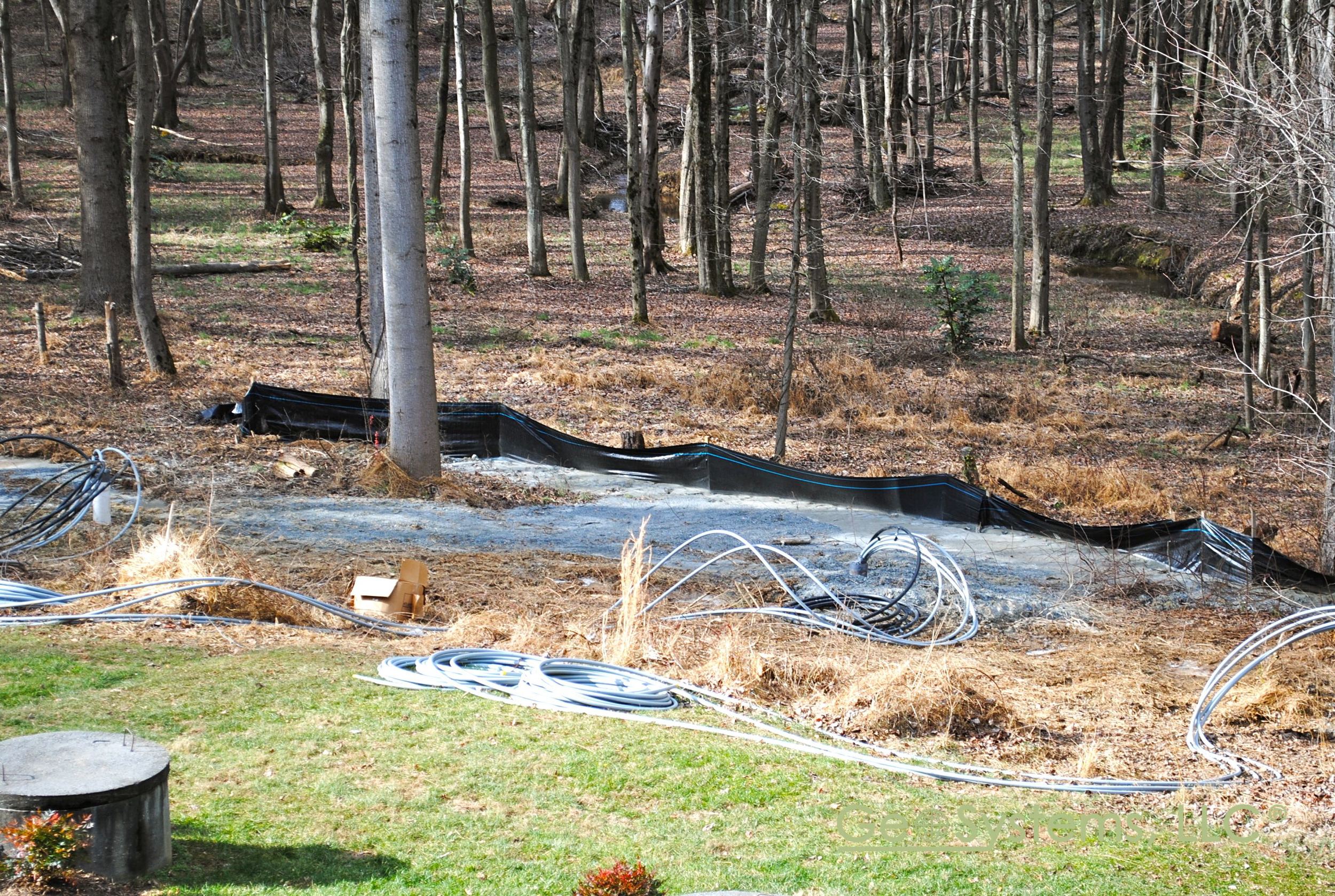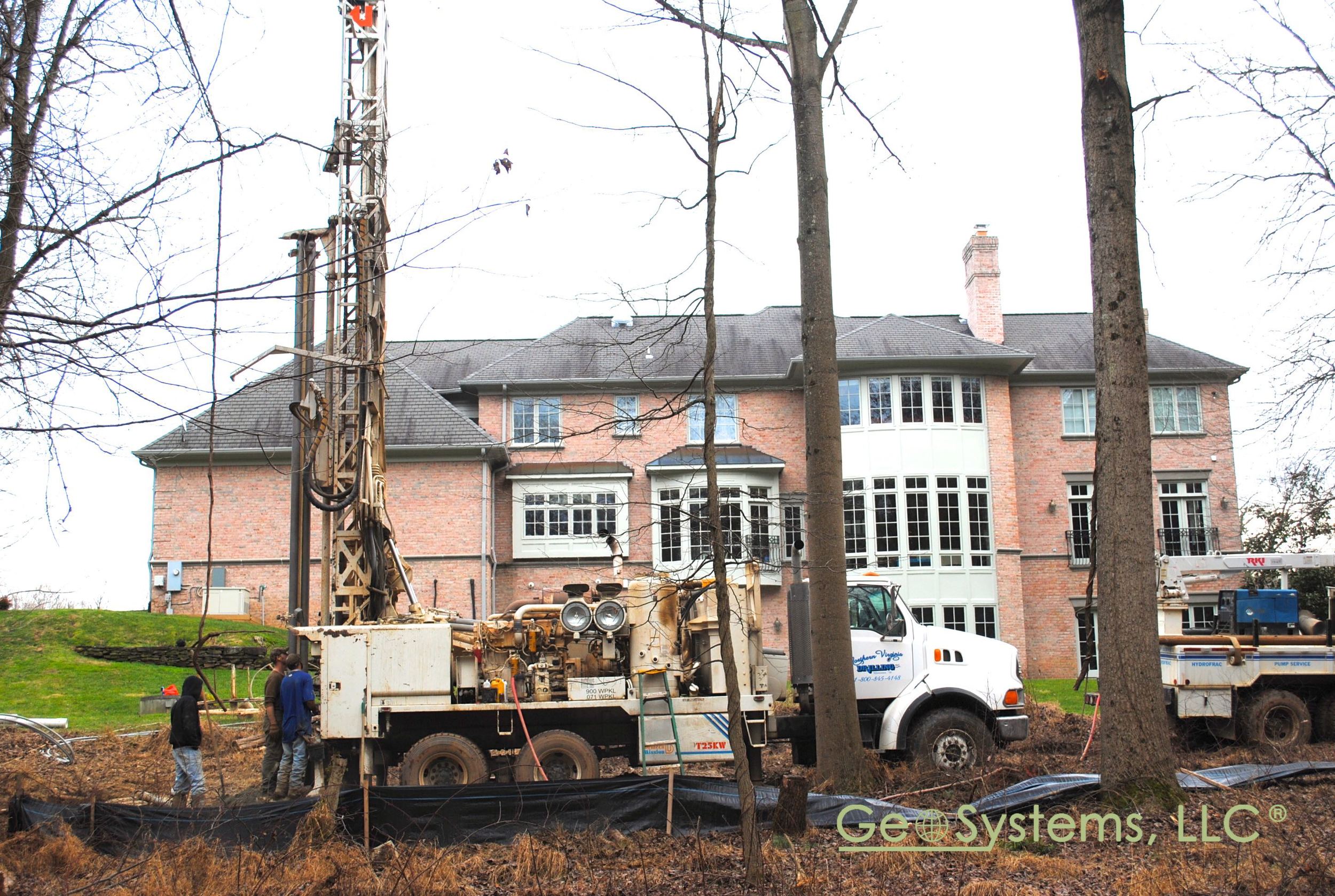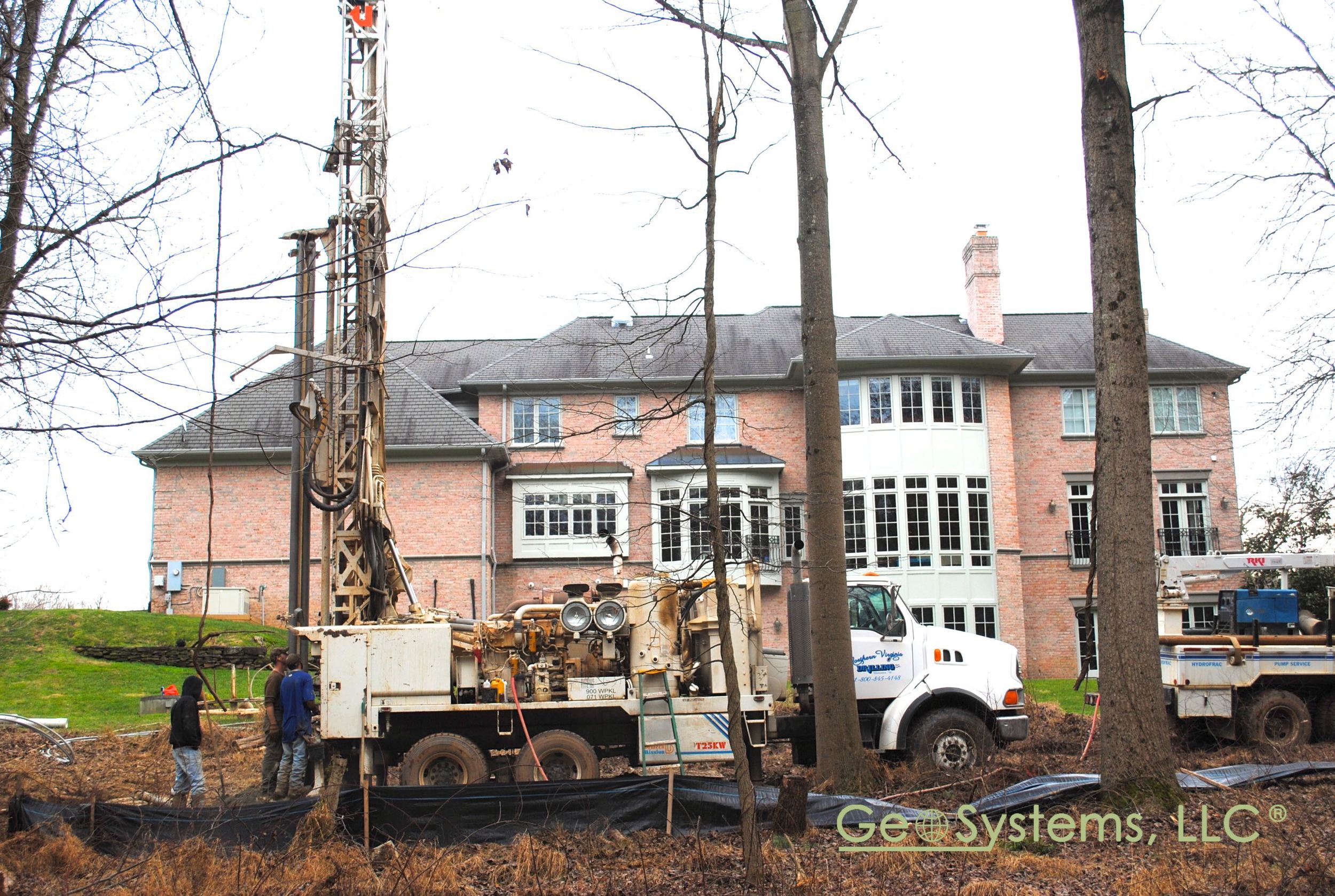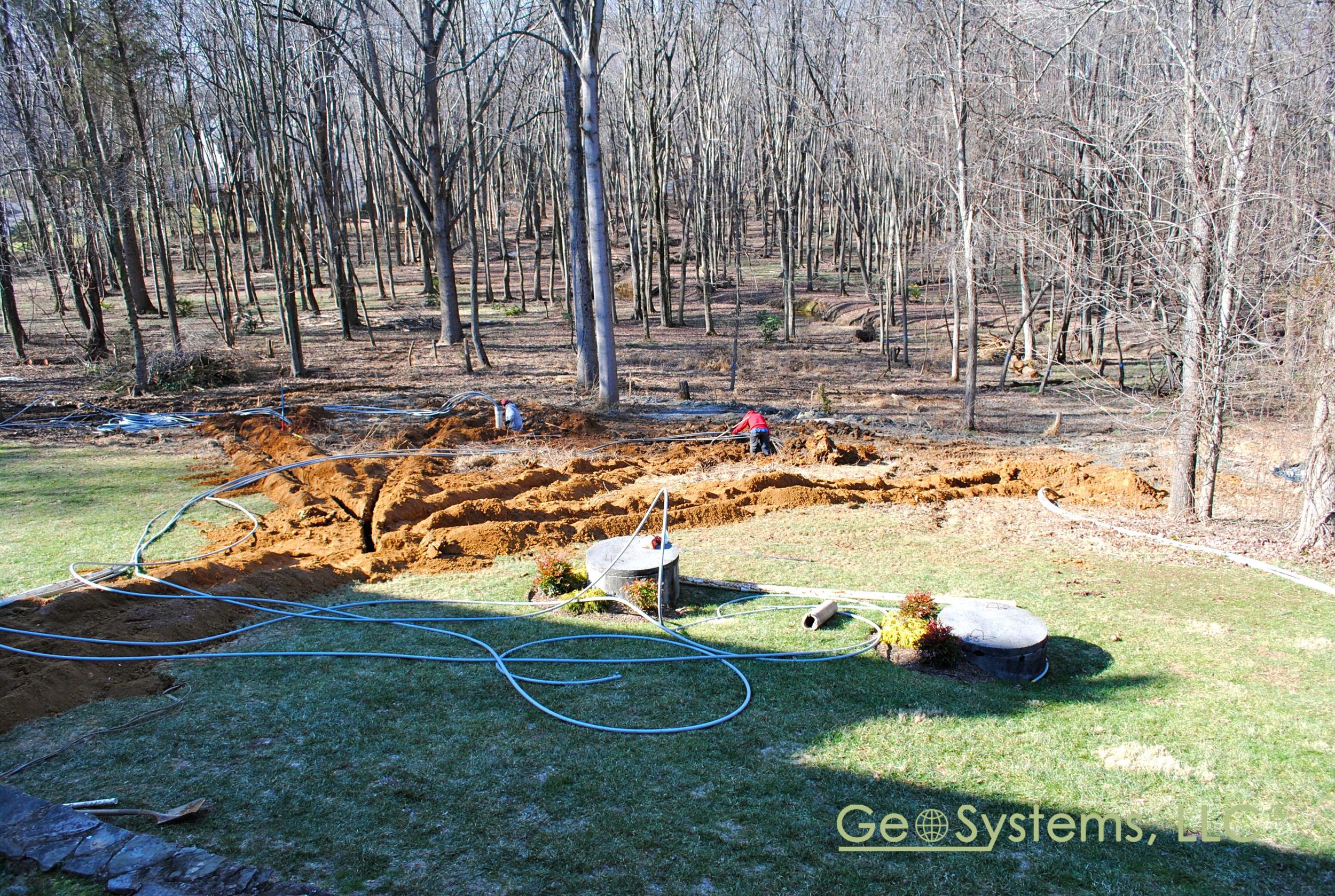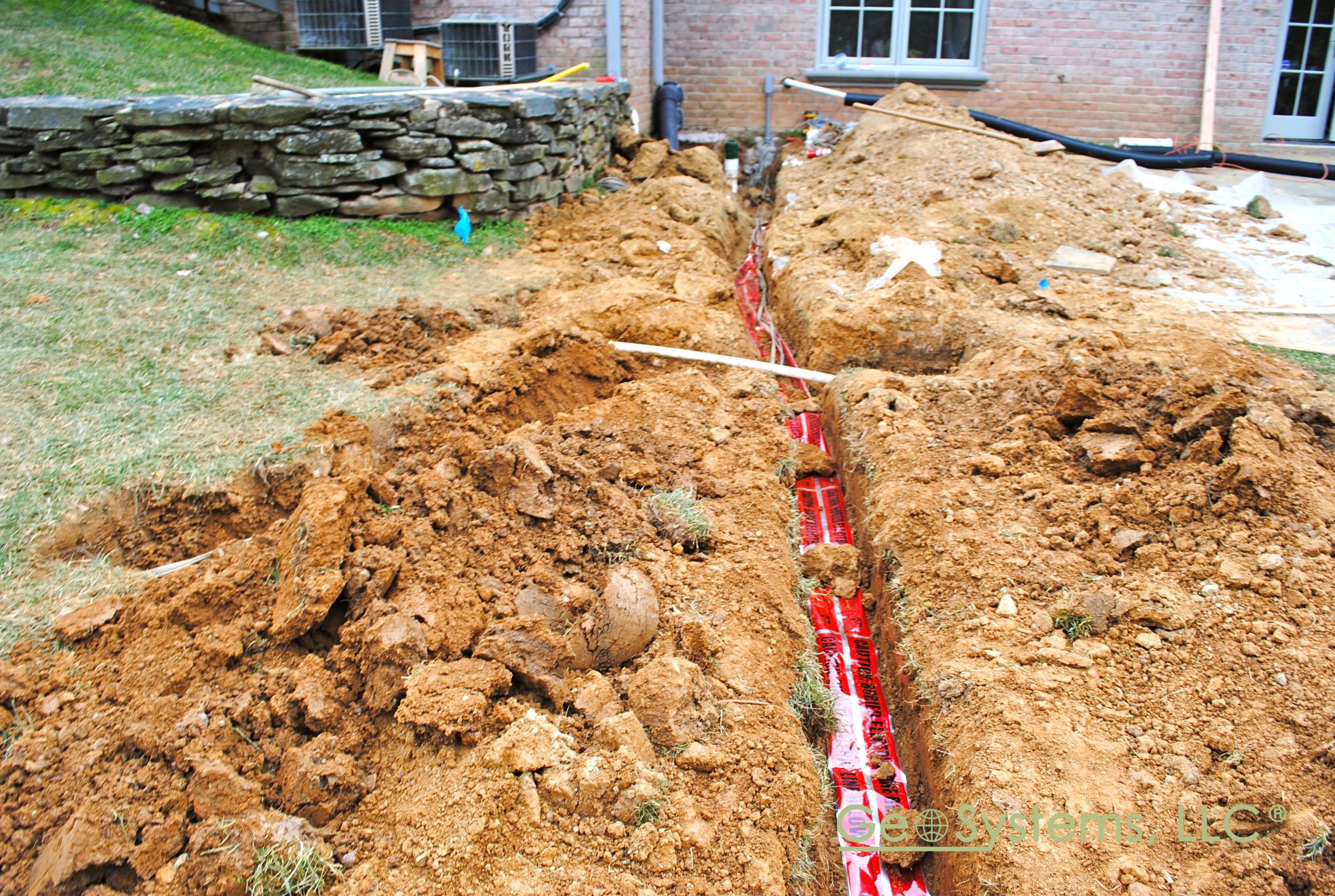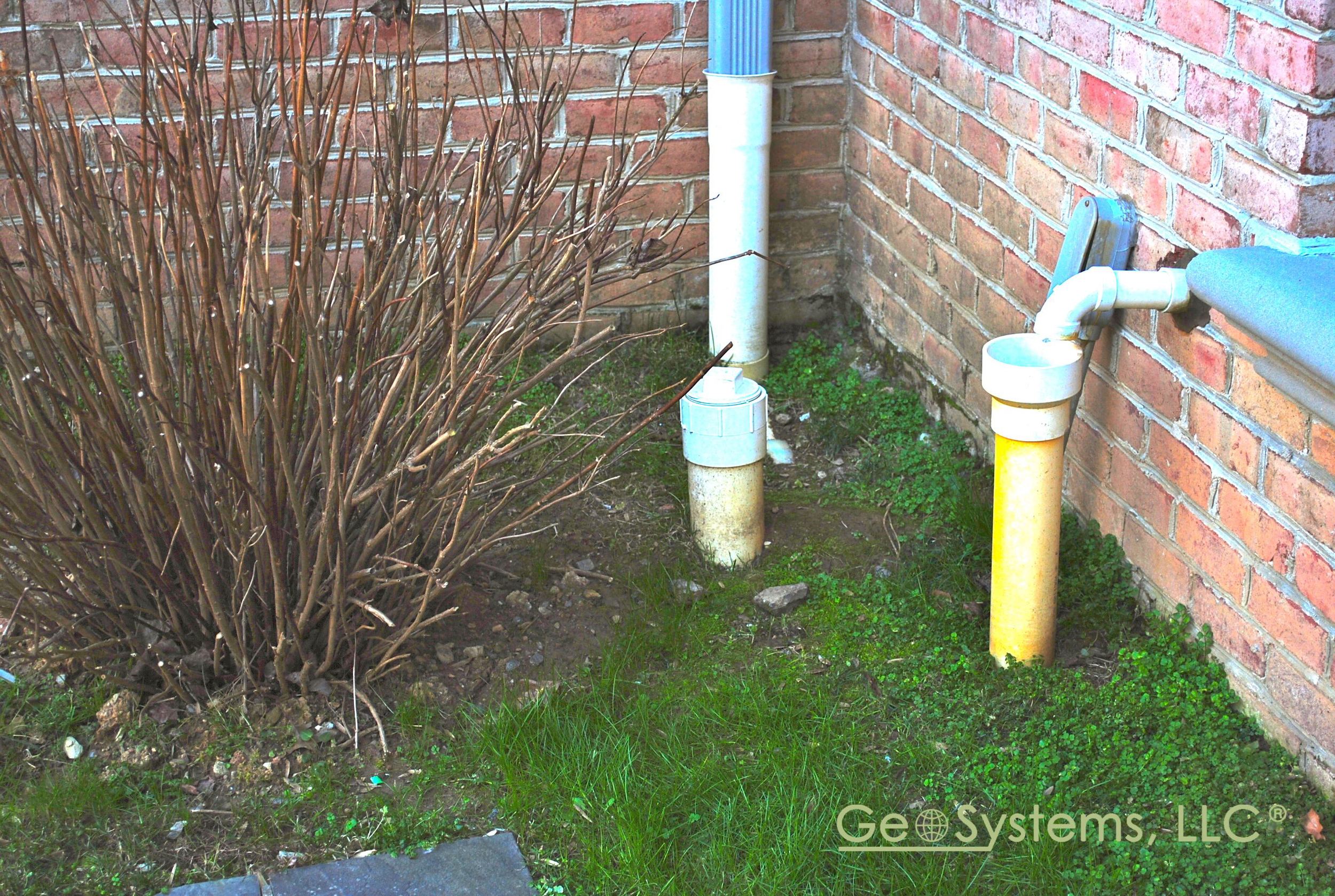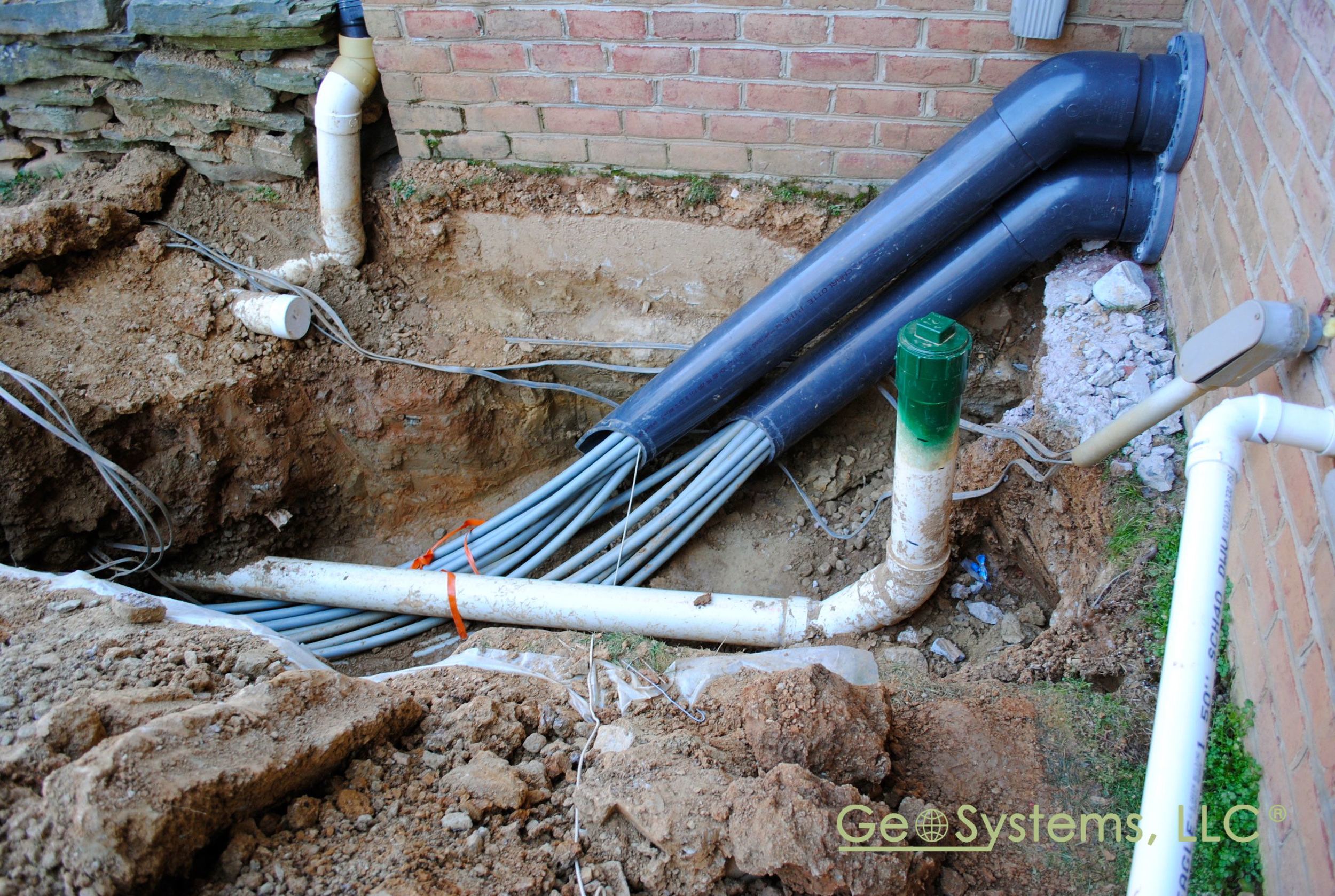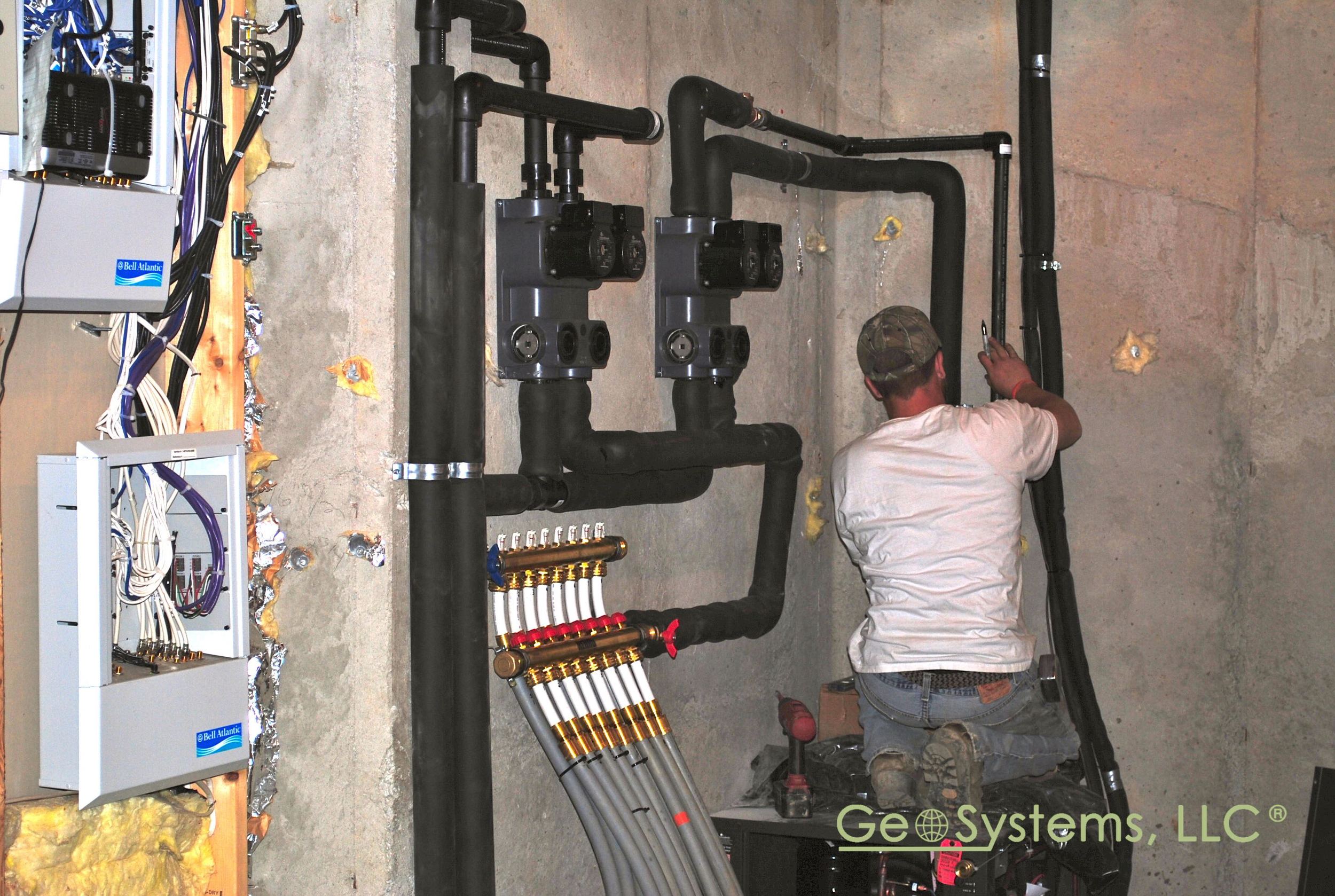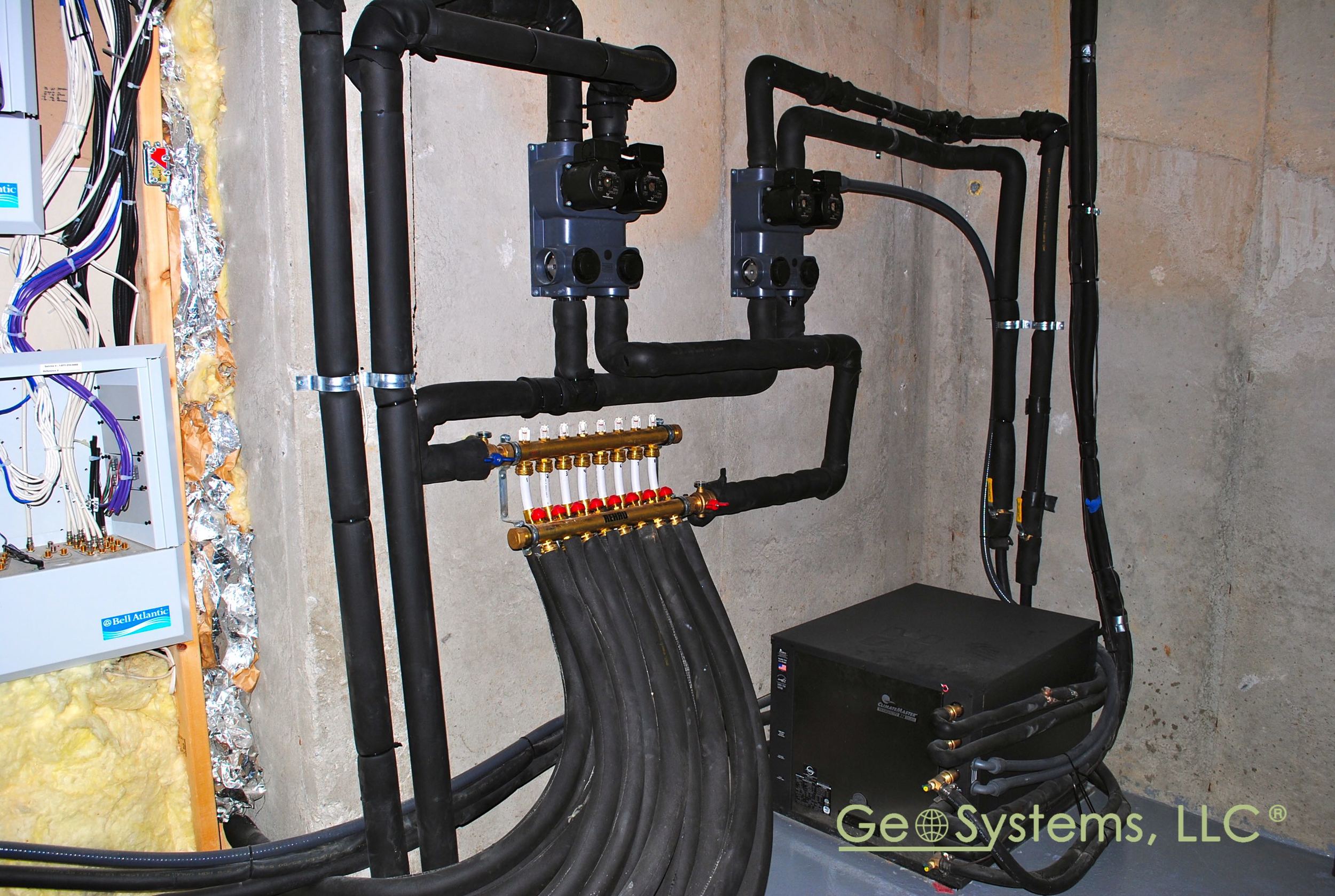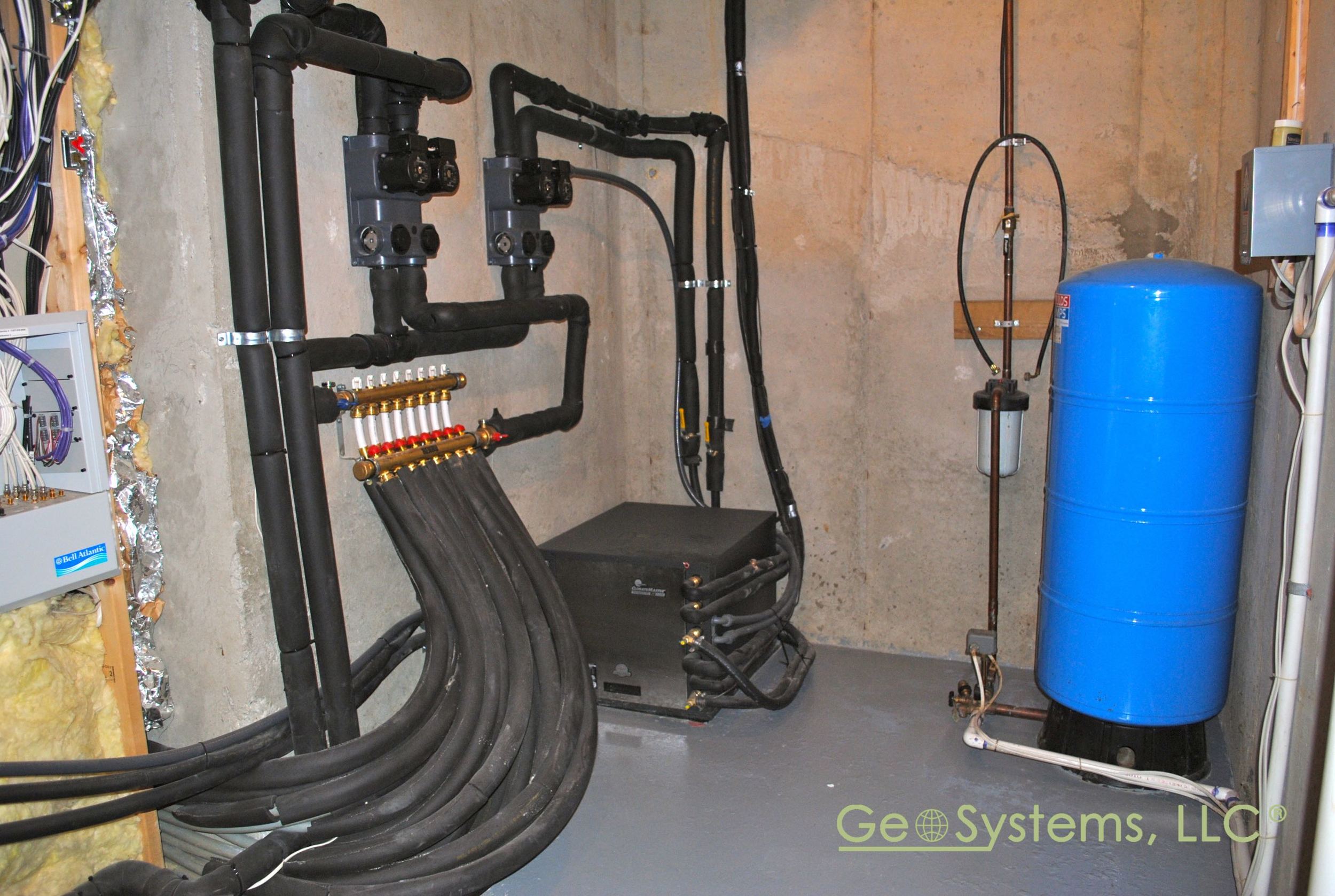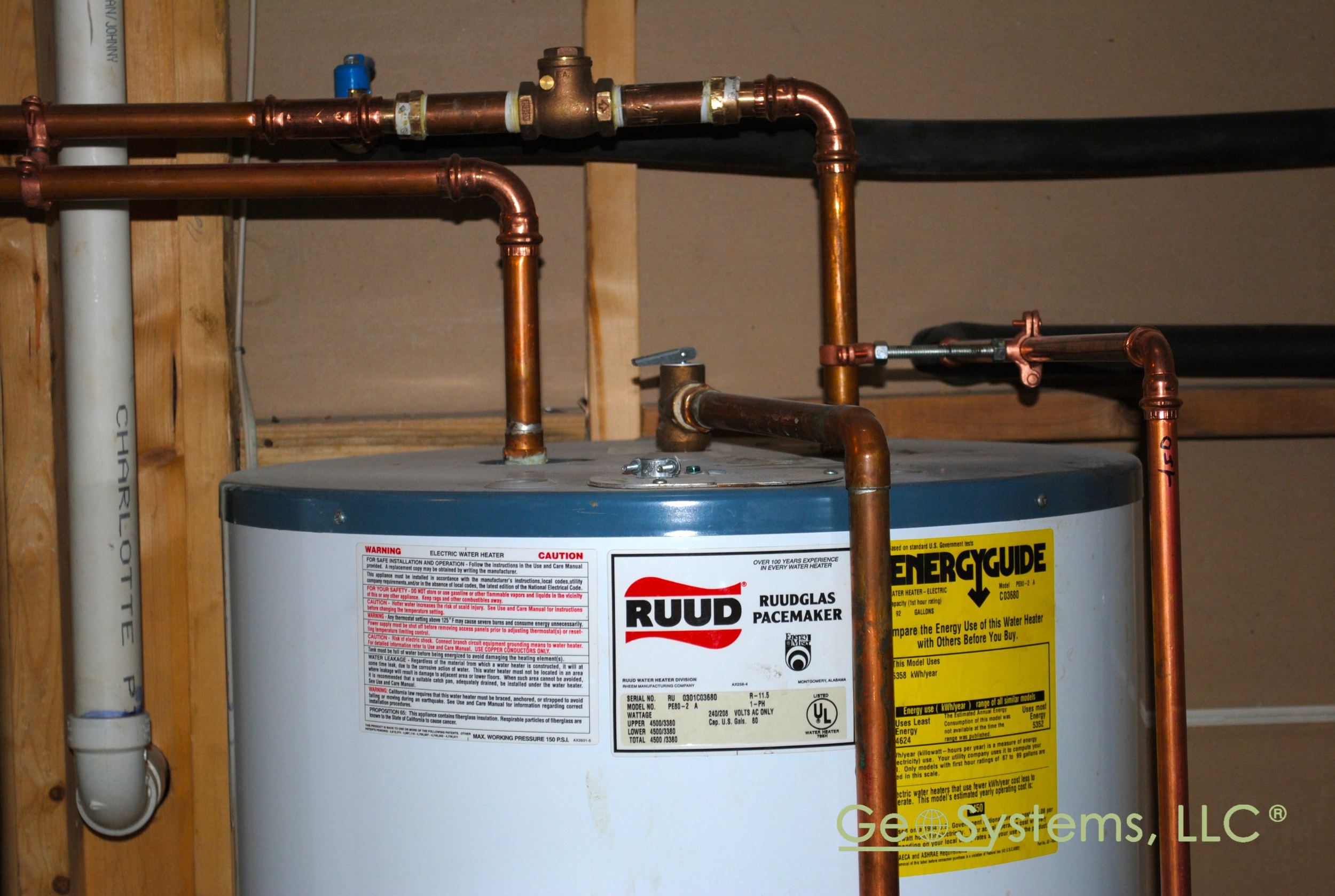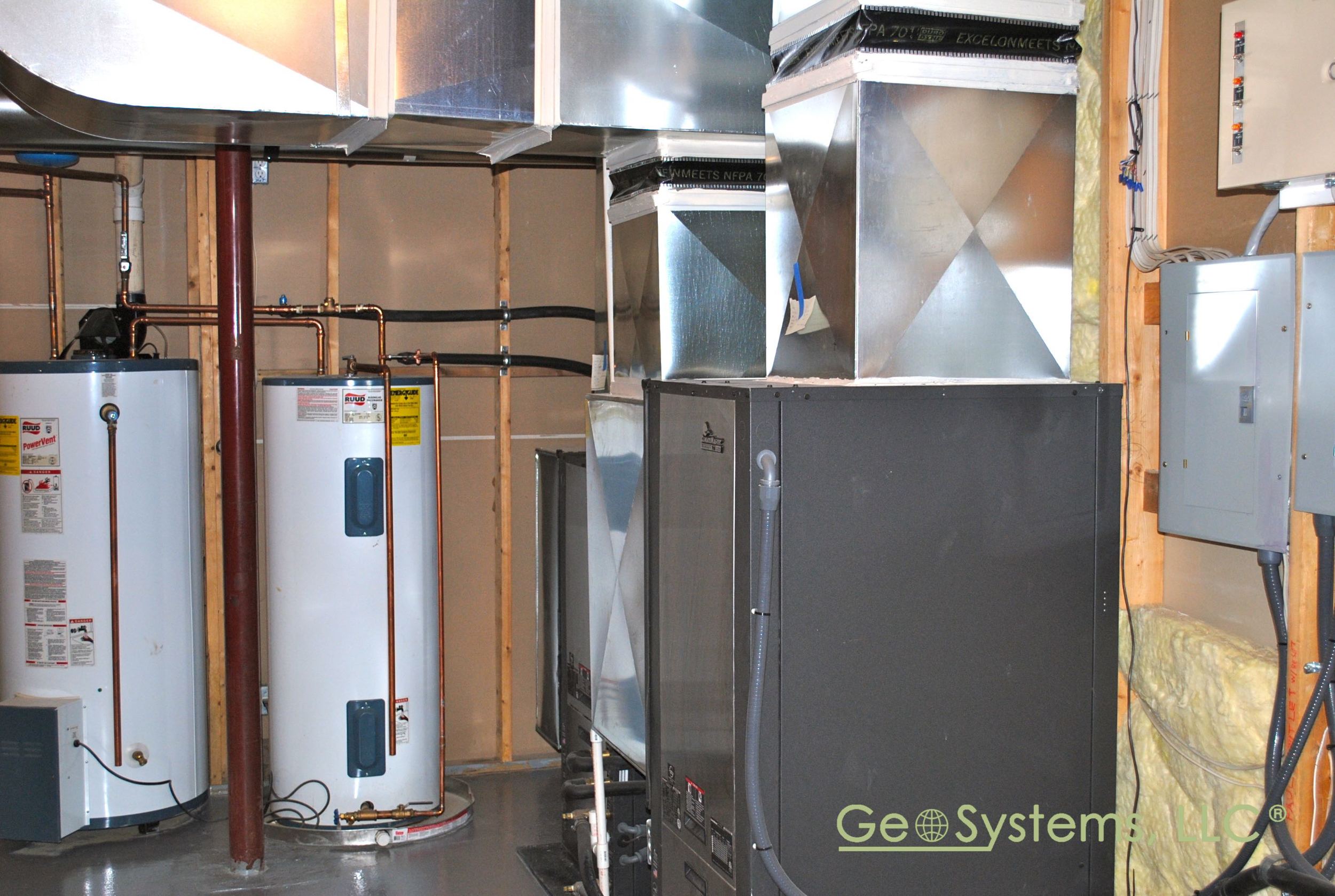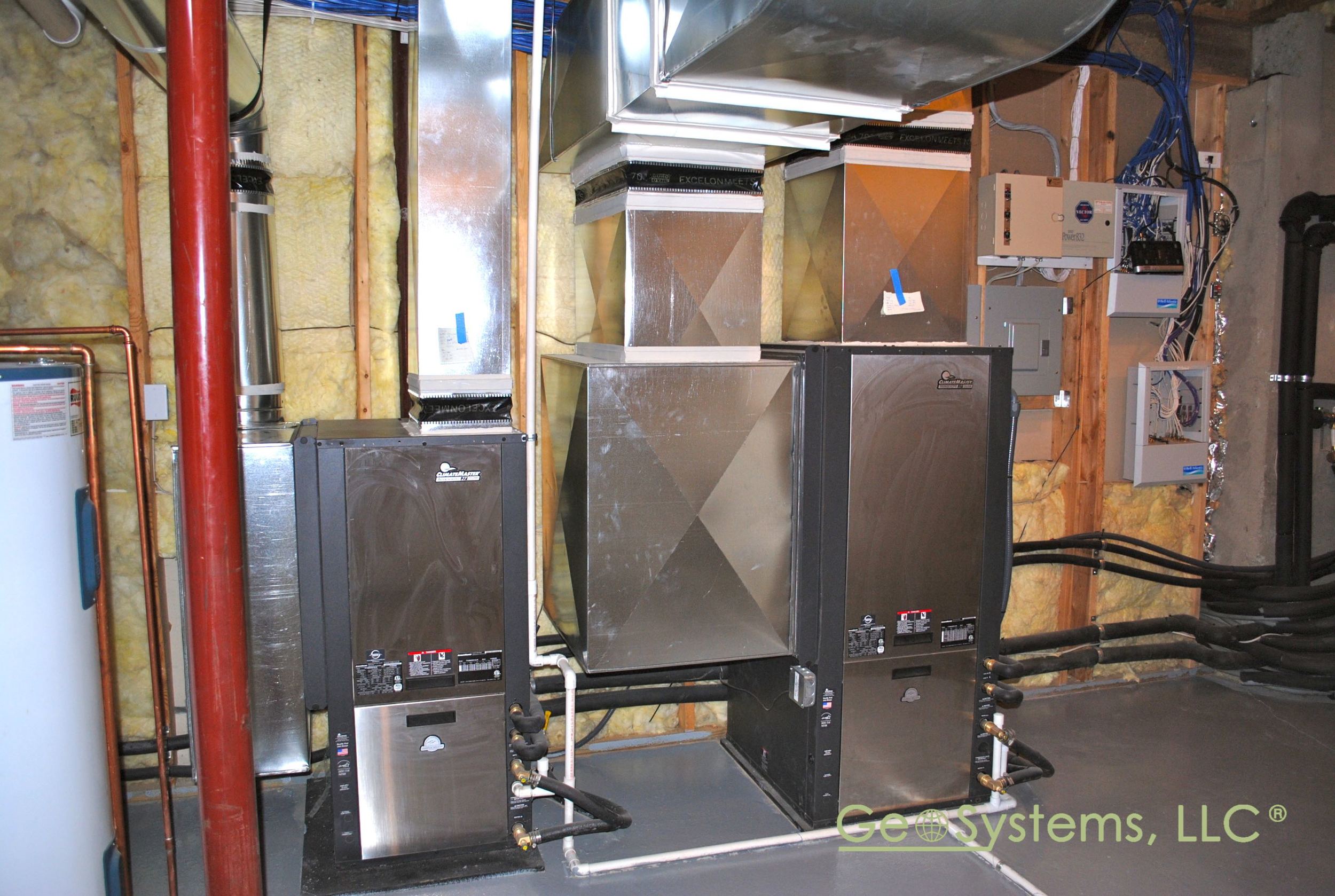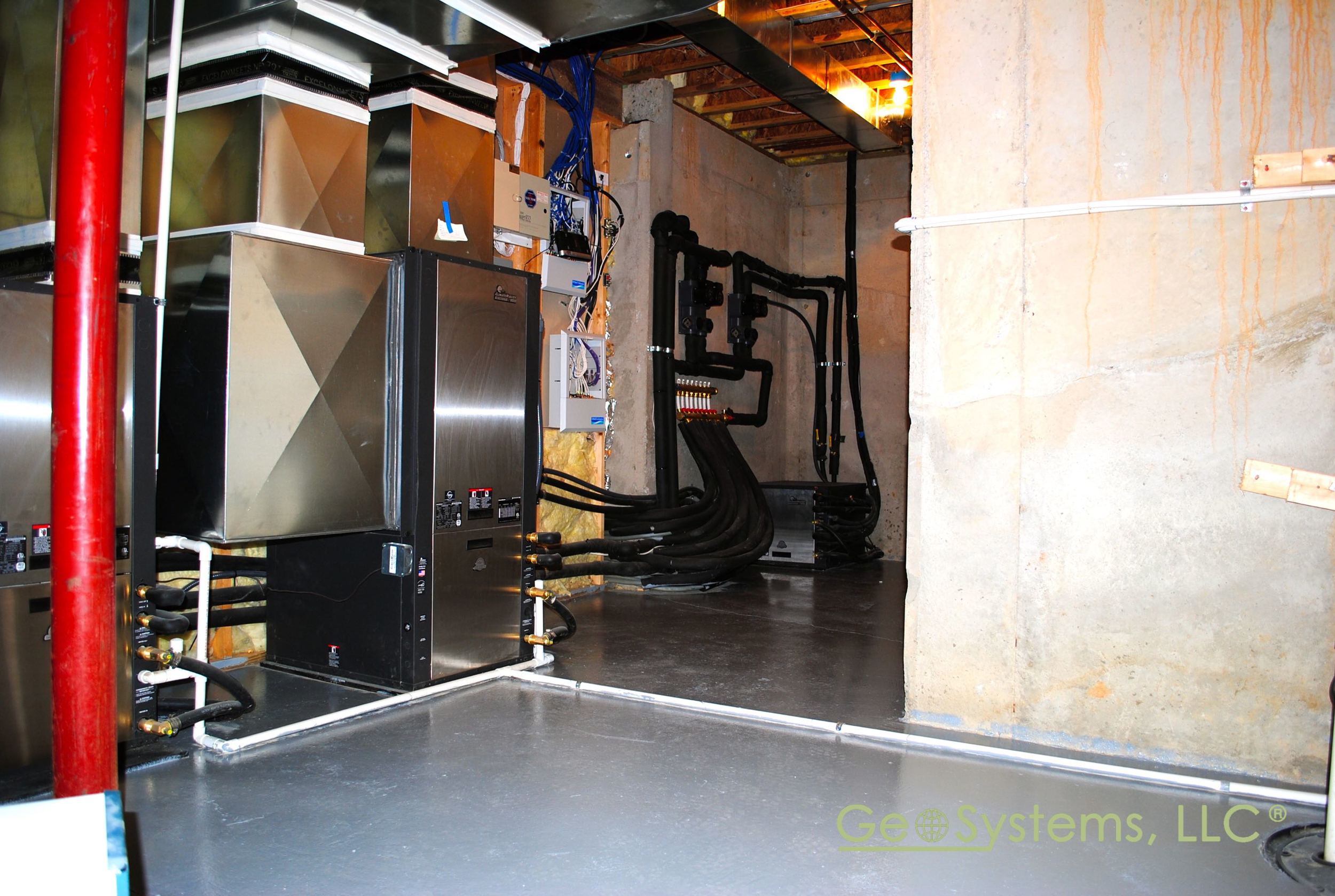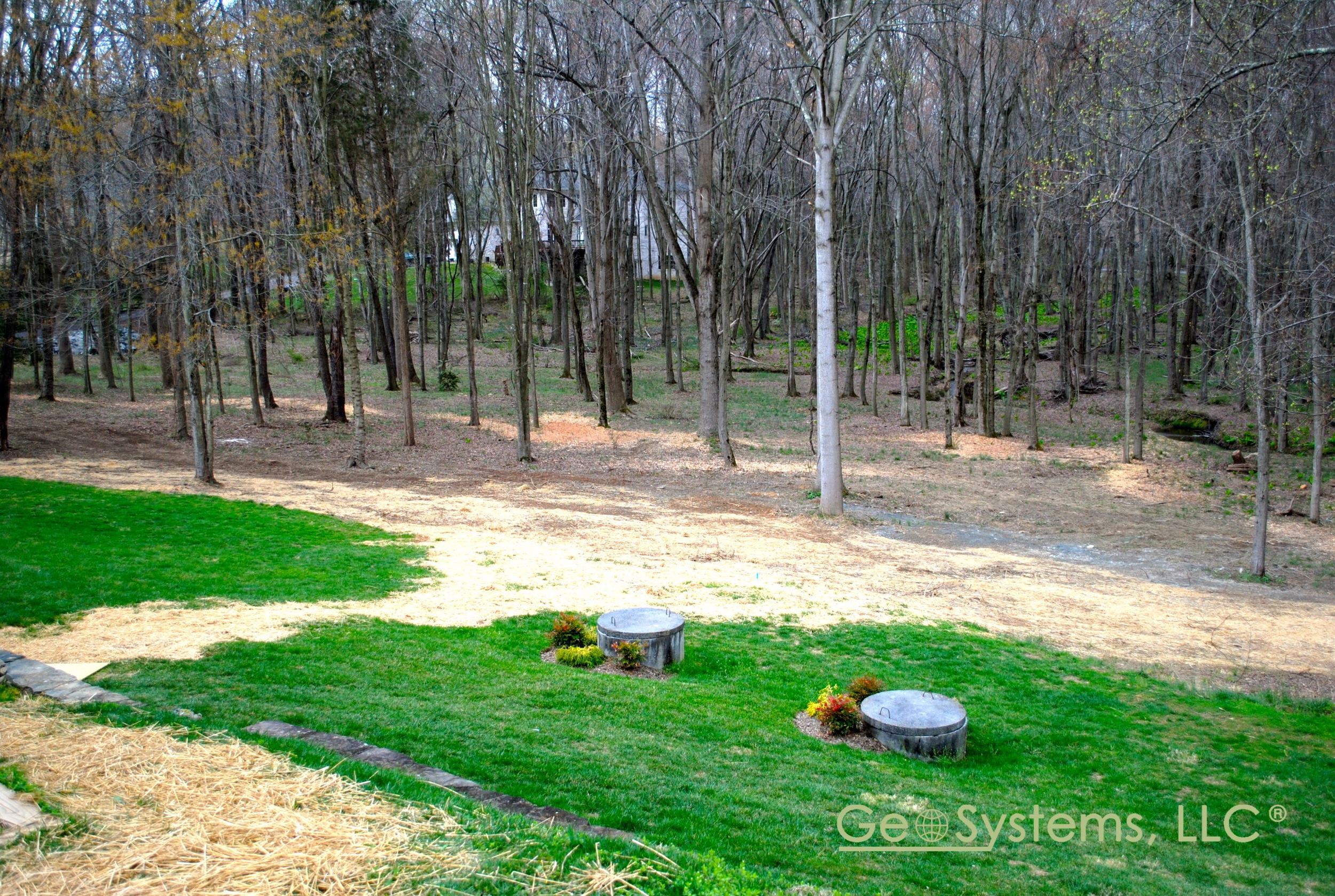What is Earth Energy?
/The sun has always provided heat for the earth. Its energy warms the earth directly, and indirectly. Its heat evaporates water from the lakes and streams, which eventually falls back to earth and filters into the ground. A few metres of surface soil insulate the earth and ground water below. The warm earth and ground water below the surface provide a free, renewable source of energy for as long as the sun continues to shine. The earth under an average residential lot can easily provide enough free energy to heat and cool the home built on it.
The free energy has only to be moved from the ground into your home. This is done either by pumping water from a well (open loop) or by pumping a heat transfer fluid through a horizontal or vertical circuit of underground piping (closed loop). The fluid, called the heat transfer fluid, absorbs the heat in the ground water or soil and transfers it to the heat pump. The heat absorbed by the fluid from the solar-heated ground is extracted from it by the heat pump, and the now-chilled fluid is circulated through a heat exchanger over and over again to extract more heat from the earth.
If your home is located near a suitable pond or lake, you can use a Geo- Exchange System (GXS) to draw on this excellent source of free energy. However, this system requires more annual maintenance.
Burying a loop in the ground around your home is like owning your own oil well, but instead of pumping oil from an underground pool and burning it to create heat (and greenhouse gases), you tap into clean energy that will be there for as long as there is a sun.
A well-designed ground loop will not hurt the earth or plants growing above it. There is no visible part to show that it is buried in your yard.
If your system uses ground water, it has no effect on the water other than changing its temperature by a few degrees. Finally, a welldesigned ground water system will not waste the water, but put it back into the ground by means of a return well.


